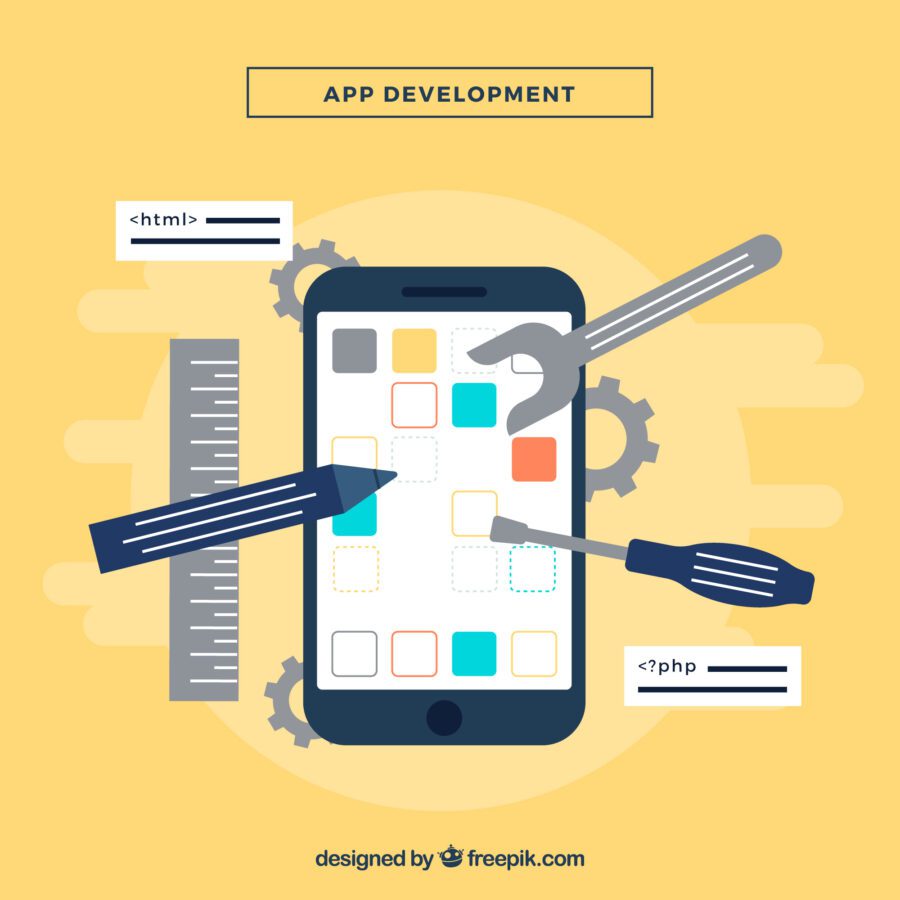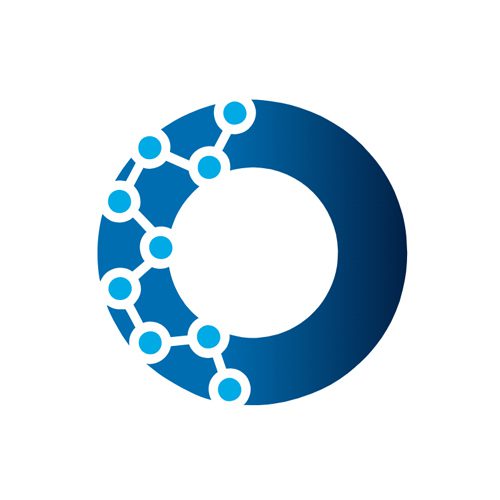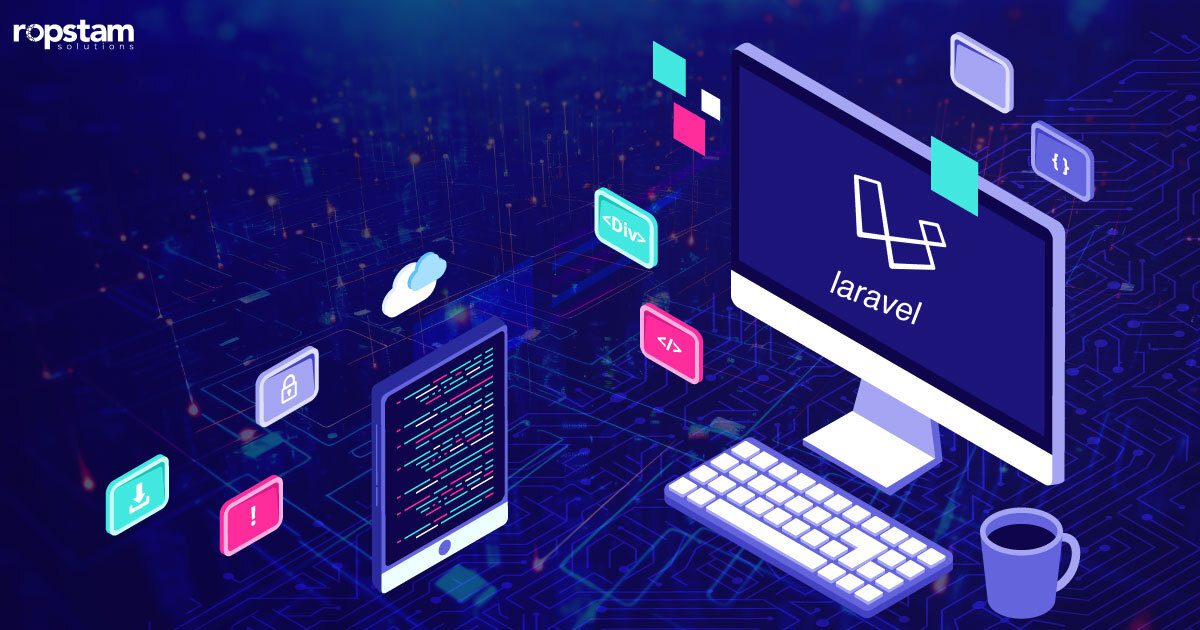Laravel is a powerful PHP framework widely recognized for its elegance and efficiency in building robust web applications. However, like any framework, optimizing your Laravel application is crucial to ensure seamless performance, scalability, and user satisfaction. In this blog, we’ll explore some practical tips and tricks to fine-tune your Laravel application, helping you get the most out of its features while enhancing its overall functionality. Let’s dive in and unleash the true potential of your Laravel projects!
Why does Website Speed Matter?
The consequences of slow-loading applications are dire. They lead to higher bounce rates, reduced conversions, and lower customer satisfaction. This underscores the urgent need for website speed optimization and, by extension, the optimization of your Laravel application. A well-optimized Laravel application ensures faster response times, enhances performance, and keeps users engaged. With businesses relying on web applications more than ever, the time to act and maintain an optimized Laravel application is now. It is essential for staying ahead in 2025.
How to Optimize Your Laravel Application?
Optimizing your Laravel application improves efficiency, scalability, and user satisfaction. Below are some effective techniques to enhance performance.
Reduce CSS Code
Large CSS files can slow down your website as they take longer to download and render. Minimizing and concatenating your CSS files can reduce the amount of code that needs to be loaded. Here are some steps to achieve this:
- Minify CSS: Minifying CSS involves removing unnecessary characters, such as spaces and comments, from the CSS code. Tools like CSSNano and CleanCSS can help with this process.
- Concatenate CSS Files: Combining multiple CSS files into one file reduces the HTTP requests needed to load the website. Laravel Mix, a wrapper around Webpack, can automate the minifying and concatenating of CSS files.
Route Caching
Routing is an essential part of any web application, and Laravel provides a way to cache your routes to speed up the routing process. Route caching compiles all your application’s routes into a single file, reducing the time required to parse and match routes. To enable route caching, use the following Artisan command php artisan route: cache.
If you make any changes to your routes, you must clear the cache and regenerate it using the following commands: php artisan route: clear and php artisan route: cache.
Reduce the Number of Packages
While packages add functionality to your Laravel application, having too many can bloat your project and slow it down. Here are some tips for managing packages effectively:
- Review Dependencies Regularly: Review your project’s dependencies to identify unnecessary packages. Removing unused packages can reduce your application’s size and improve performance.
- Choose Lightweight Packages: When adding new packages, choose lightweight and well-maintained ones. For example, you can use Intervention Image, a popular and lightweight package for image manipulation. Avoid packages that add unnecessary overhead to your application.
- Use Composer Efficiently: Manage your packages with Composer, the dependency manager for PHP. Composer allows you to install, update, and remove packages easily, ensuring up-to-date and optimized dependencies.
Use the Latest Version of PHP
Each PHP release includes performance improvements and new features. Running your Laravel application on the latest stable version of PHP ensures that you benefit from these optimizations. Here are some steps to keep your PHP version up-to-date. Failure to use the latest PHP version can result in security vulnerabilities, performance issues, and incompatibility with newer features.
- Check Compatibility: Before upgrading, check the compatibility of your application and its dependencies with the latest PHP version. Review the PHP documentation and update any code or packages that may be affected by the upgrade.
- Upgrade PHP: Upgrade your server or development environment to the latest PHP version. Follow your hosting provider’s or operating system’s instructions to perform the upgrade.
After upgrading, it’s crucial to test your application thoroughly to ensure everything works as expected. This step is essential for identifying and fixing any issues that may arise, providing a smooth transition to the new PHP version, and maintaining your application’s performance and security.
Compress All Images
Images are often the most extensive files on a website, and compressing them without losing quality can significantly reduce load times. Here are some tips for compressing images:
- Use Image Compression Tools: Tools like TinyPNG, ImageMagick, and JPEGOptim can compress images without sacrificing quality. These tools reduce the file size of images, making them faster to load.
- Implement Lazy Loading. This technique defers the loading of images until they are needed. By loading only the images currently visible to the user, lazy loading can improve your website’s initial load time. In Laravel, you can implement lazy loading using JavaScript libraries like LazyLoad or native lazy loading with the loading=”lazy” attribute.
- Optimize Image Formats: Choose the appropriate image format for each type of image. For example, JPEG can be used for photographs, PNG can be used for transparent images, and SVG can be used for vector graphics. Optimizing image formats can further reduce file sizes and improve load times.
Remove Unused Libraries
Unused libraries and dependencies can increase the size of your application and slow down your website. Regularly auditing your codebase and removing any no longer needed libraries can help keep your application lean and efficient. Here are some steps to remove unused libraries:
- Identify Unused Libraries: Review your codebase and identify libraries that are no longer used. Look for dependencies added during development that are no longer required in the final application.
- Remove Dependencies: Use Composer to remove unused libraries from your project. To remove a specific library, run the following command.
- Refactor Code: After removing unused libraries, refactor your code to eliminate any remaining references to those libraries. This step ensures that your application is free from unnecessary dependencies.
Importance of Laravel Web Applications in 2025
As we move into 2025, Laravel is not just a popular choice for web application development; it’s a reliable one. Its elegant syntax, robust features, and active community ensure that Laravel web applications remain essential in 2025. Here are some reasons why:
- Scalability: Laravel’s architecture allows applications to scale quickly, making it suitable for projects of all sizes. Whether you’re building a small website or a large enterprise application, Laravel can handle the growth and complexity of your project.
- Security: Laravel provides built-in security features, such as protection against SQL injection, cross-site scripting (XSS), and cross-site request forgery (CSRF). These security measures help safeguard your application and user data.
- Performance: Laravel’s performance optimization features, such as caching and queue management, ensure your application runs smoothly even under heavy load. The framework’s performance capabilities make it a reliable choice for high-traffic applications.
- Community Support: Laravel’s vibrant and active community contributes to its continuous improvement. The extensive documentation, tutorials, and third-party packages available for Laravel make it easy for developers to learn and implement best practices.
Final Thoughts
Optimizing your Laravel application is not just about ensuring a better user experience, improved search engine rankings, and higher conversion rates. It’s about taking control of your application’s performance. Implementing the tips and tricks above can keep your Laravel application running smoothly and efficiently. Regularly reviewing and optimizing your codebase, dependencies, and assets will help you maintain a high-performing web application and stay ahead of the curve in the ever-evolving digital landscape.
Remember, optimization is an ongoing process. As new technologies and best practices emerge, stay informed and refine your application to meet the digital landscape’s ever-evolving demands.
FAQs
Why is Laravel optimization important?
Optimizing Laravel applications ensures faster load times, better user experience, and improved search engine rankings. It also helps reduce server costs and enhances overall application performance.
How can I speed up my Laravel application?
Implementing techniques such as route caching, reducing CSS files, minimizing package dependencies, using the latest PHP version, and compressing images can improve Laravel performance.
What is route caching in Laravel?
Route caching compiles all routes into a single file, reducing the time required to process them. It is enabled by running the php artisan route, a cache in a production environment.
How does using the latest PHP version benefit Laravel applications?
The latest PHP versions come with performance improvements, security enhancements, and better memory management, making Laravel applications faster and more secure.
How can I optimize images in Laravel?
You can optimize images using tools like TinyPNG, ImageOptim, or Laravel’s intervention/image package. Implementing lazy loading, which loads images only when needed, also helps improve performance.














